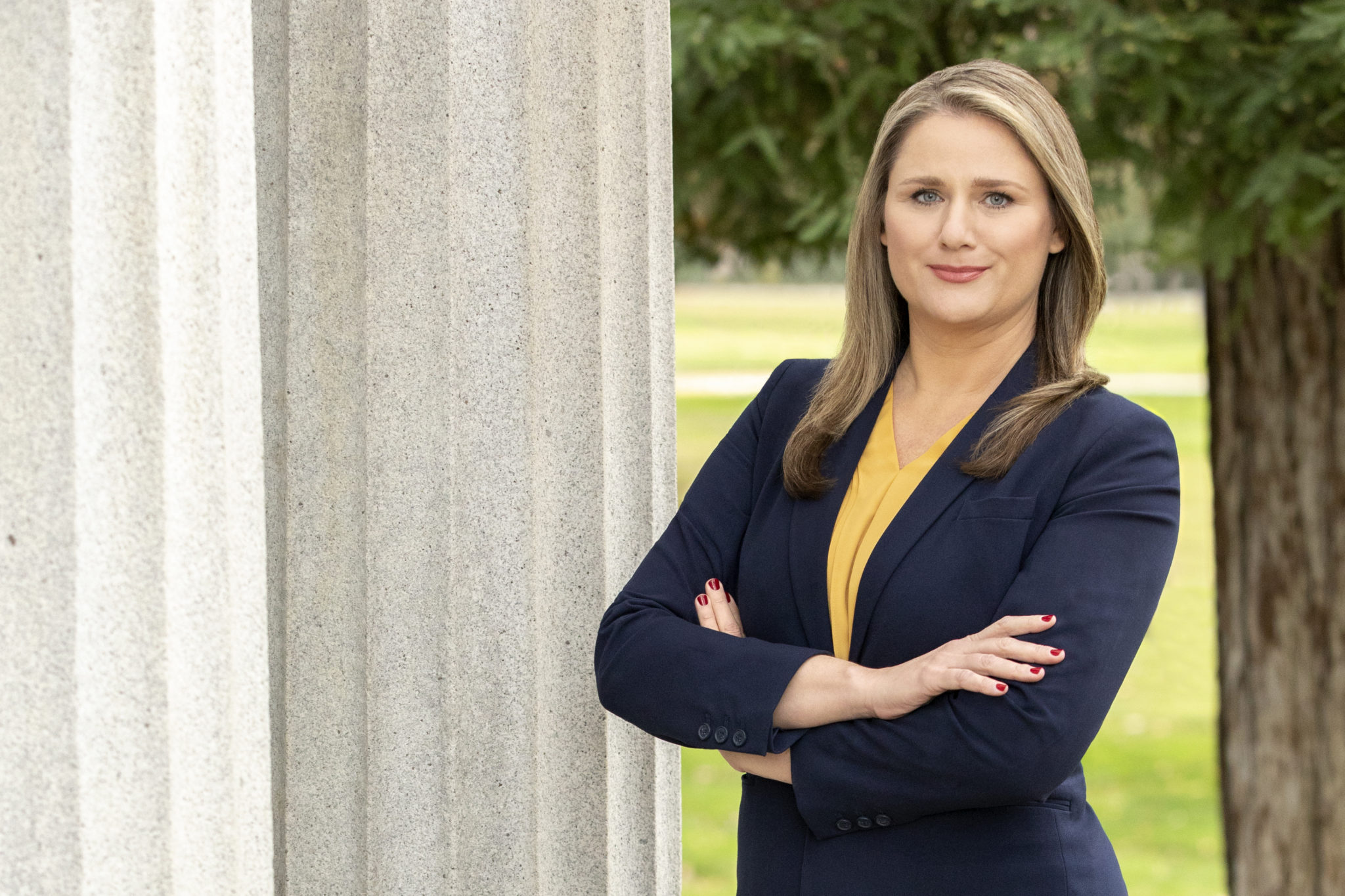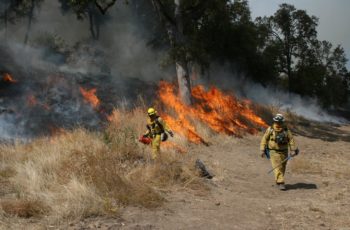Ms. Shorrock joined the firm as an associate in 2019. Her practice focuses on environmental and land use law and includes CEQA, NEPA, natural resources, endangered species and wetlands, air and water quality, climate change, solid waste, wildfire prevention regulation, and local environmental and land use ordinances. Ms. Shorrock also specializes in preparing and reviewing complex environmental documentation and managing consultant involvement.
Ms. Shorrock’s representative matters include:
- Associate outside counsel to the High Speed Rail Authority of the State of California for the environmental planning and permitting of the Statewide High-Speed Rail Project.
- Associate outside counsel representing the City of Los Angeles in successful Ninth Circuit litigation challenging the FAA’s approval of the Bob Hope “Hollywood Burbank” Airport Replacement Passenger Terminal Project and issuance of its Final EIS/ROD under NEPA (City of Los Angeles v. Federal Aviation Administration (2023) (9th Cir.) 63 F.4th 835).
- Associate outside counsel representing the City of Monterey in successful litigation challenging the approval of the Monterey Peninsula Airport District’s Updated Airport Master Plan and certification of the addendum to its Final EIR.
- Associate outside counsel representing the Town of Danville in successful litigation challenging Contra Costa County’s approval of the Tassajara Parks Mixed-Use Development Project and certification of its Final EIR.
- Associate outside counsel representing East Sacramento Ranch, LLC, in litigation defending Sacramento County’s approval of the NewBridge Specific Plan and certification of its Final EIR, resulting in successful settlement.
- Associate outside counsel to Westpark Communities for the successful approval of the Sierra View & Sierra Vista Specific Plan Redesignation and Rezoning Project combined CEQA document in the City of Roseville.
- Associate outside counsel to Divert, Inc., for environmental planning and permitting of its successfully approved organic waste recovery and reuse facilities in the City of Turlock.
- Associate outside counsel representing the City of Los Angeles in litigation challenging approval of its Sidewalk and Transit Amenities Program and adoption of its MND.
- Associate outside counsel to the City of Los Angeles for its Safe Sidewalks LA Program EIR.
- Associate outside counsel representing Evergreen Sierra East, LLC, and Cresleigh Homes Corporation for the College Park Mixed-Use Development Project EIR in the City of Rocklin, resulting in successful settlement.
Prior to attending law school, Ms. Shorrock had a career as an environmental consultant and planner, working with and for agencies at all levels of government, with special experience on tribal projects. Ms. Shorrock managed the environmental review process for a variety of development and infrastructure projects and government actions, including preparation of state, federal, tribal, and joint environmental documents, alongside a focus on federal permitting and streamlining of environmental regulatory compliance.
During law school, Ms. Shorrock interned for Judge Kimberley J. Mueller at the U.S. District Court, Eastern District of California, and worked as a researcher and editor for a UC Davis law school professor on an article testing administrative law theories. Ms. Shorrock also was a summer associate for Remy Moose Manley, LLP. While at McGeorge, Ms. Shorrock was awarded the Stauffer Charitable Trust Fellowship for her paper Environmentally Responsible and Streamlined Development in California: The Promise of CEQA’s Class 32 Exemption and Witkin Awards for academic excellence in Environmental Law and Oceans/Coastal Law. Ms. Shorrock attended law school on a full merit scholarship as an Anthony M. Kennedy Fellow.






